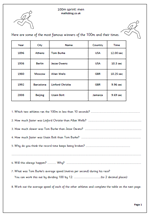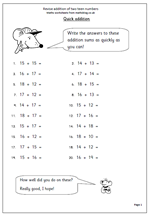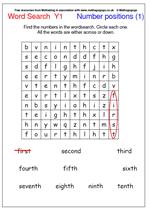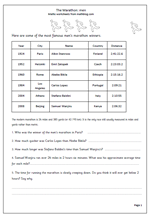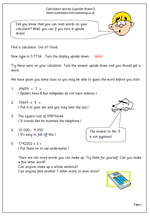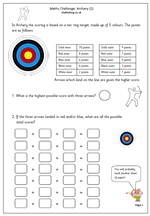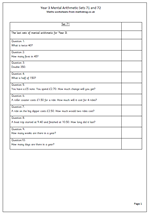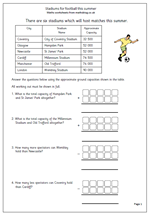 I have had a number of requests for more pages that let children practise the written method of addition, but without making the questions too hard. It is the method which is important to become familiar with. All the rest will depend on how well children know number bonds and can apply them.
I have had a number of requests for more pages that let children practise the written method of addition, but without making the questions too hard. It is the method which is important to become familiar with. All the rest will depend on how well children know number bonds and can apply them.
The method is to add the units first, put the units in the answer, and ‘carry’ the ten into the tens column. Then add the tens and continue in the same way into the hundreds. So, for a question such as 278 + 546 the steps are:
Step 1: add the units
8 + 6 = 14
Put the 4 in the units below the question.
Then place the one ten below the answer in the tens column.
Step 2: add the tens
7 (tens) + 4 (tens) + 1 (ten) = 12 (tens)
Place the 2 (tens) in the tens column and the 1(hundred) in the hundreds column below the answer.
Step 3: add the hundreds
2 (hundreds) + 5 (hundreds) + 1 (hundred) = 8 (hundreds)
Place the 9 (hundreds) in the hundreds column.
Note: there may not always be tens or hundreds to carry.

